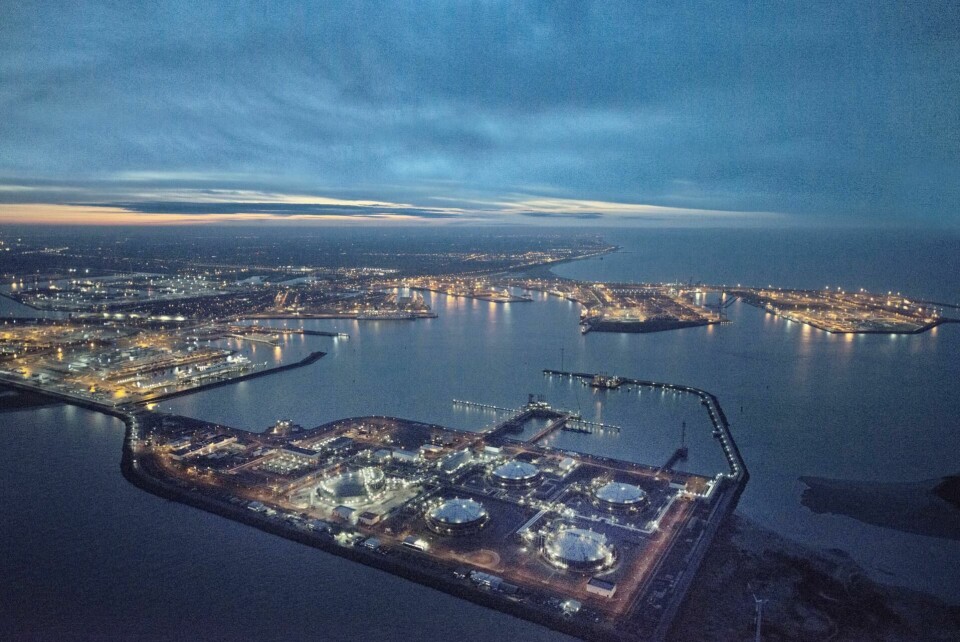Zeebrugge remains busiest European vehicle handling port
Despite the impact on throughput caused by Covid-19 disruption, Belgium’s port of Zeebrugge maintained its position as Europe’s busiest vehicle handling port in 2020.
The second quarter of the year saw half the number of vehicles handled as in the first quarter but volumes recovered through the second half of the year, with a strong fourth quarter showing volumes back above 700,500. That, in part, was driven by a sharp increase in UK vehicle imports ahead of the Brexit deadline on December 31. In total the port handled 2.1m vehicle units for the whole of last year.

The main challenges for Zeebrugge as the global reach of the Covid-19 pandemic started to affect the automotive industry in Europe in first half of the year were a shortage of terminal capacity and delays in the handling of the cars.
Terminal capacity was in short supply as EU dealerships closed and vehicles were left at the terminals for a longer period than usual. Zeebrugge port authority responded by providing extra temporary storage capacity for the terminal operators and facilitated the lay-up of vessels in port.
Delays were also caused by strict hygiene and safety measures for workers. As well as requiring social distancing on the transport used to get workers to their stations, the restrictions also necessitated the disinfection of new cars following their loading or storage, all of which added time to the processing.
Nevertheless, according to the port authority, operations were maintained at 100% and it took only a limited amount of time for the companies and workforce to adapt to new working conditions.
“There were some concerns due to a lack of personal protection equipment,” says a port authority spokesperson. “But this was only an issue in the first half of the year. Once used to the new situation, it all went more smoothly.”
Again, constraints on the availability of staff in the second half of the year because of strict quarantine measures were only temporary, according to the port.
Zeebrugge’s balance of different cargoes – ro-ro, containers and liquid bulk – has helped it weather the Covid storm.
“When one sector is suffering, it is usually buffered by another sector,” explains the port’s spokesperson. “In 2020, when ro-ro was suffering, containers and liquid bulk grew. It allows the port authority to shift focus to the sector which is in need of support.”
Zeebrugge port’s many infrastructure projects also proceeded unabated in 2020. Some of the highlights last year included the construction of a turning bridge over the connecting dock between the Hanze and Bastenaken terminals. The bridge will support the future increase of traffic within the port. Structural works on the connection between the terminals is expected to be finished by the end of May this year, after which further dredging work will be carried out.
Negotiations on the corporate merger of the port of Zeebrugge with the port of Antwerp have continued through the year and on March 1, 2021 the cities of Bruges and Antwerp reached an agreement. That merger is expected to be complete by next year, subject to registration and approval by the competition authorities. It is still too early to assess what impact that merger will have operationally on the finished vehicle sector, according to the ports, though each is expected to stay focused on their own strengths.
Read more about Zeebrugge and the other top performing European finished vehicle handling ports in the forthcoming spring edition of Automotive Logistics and Finished Vehicle Logistics magazine





